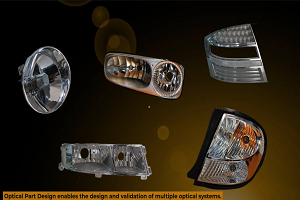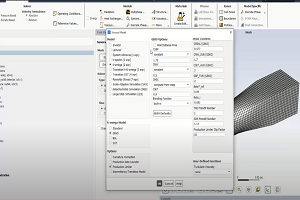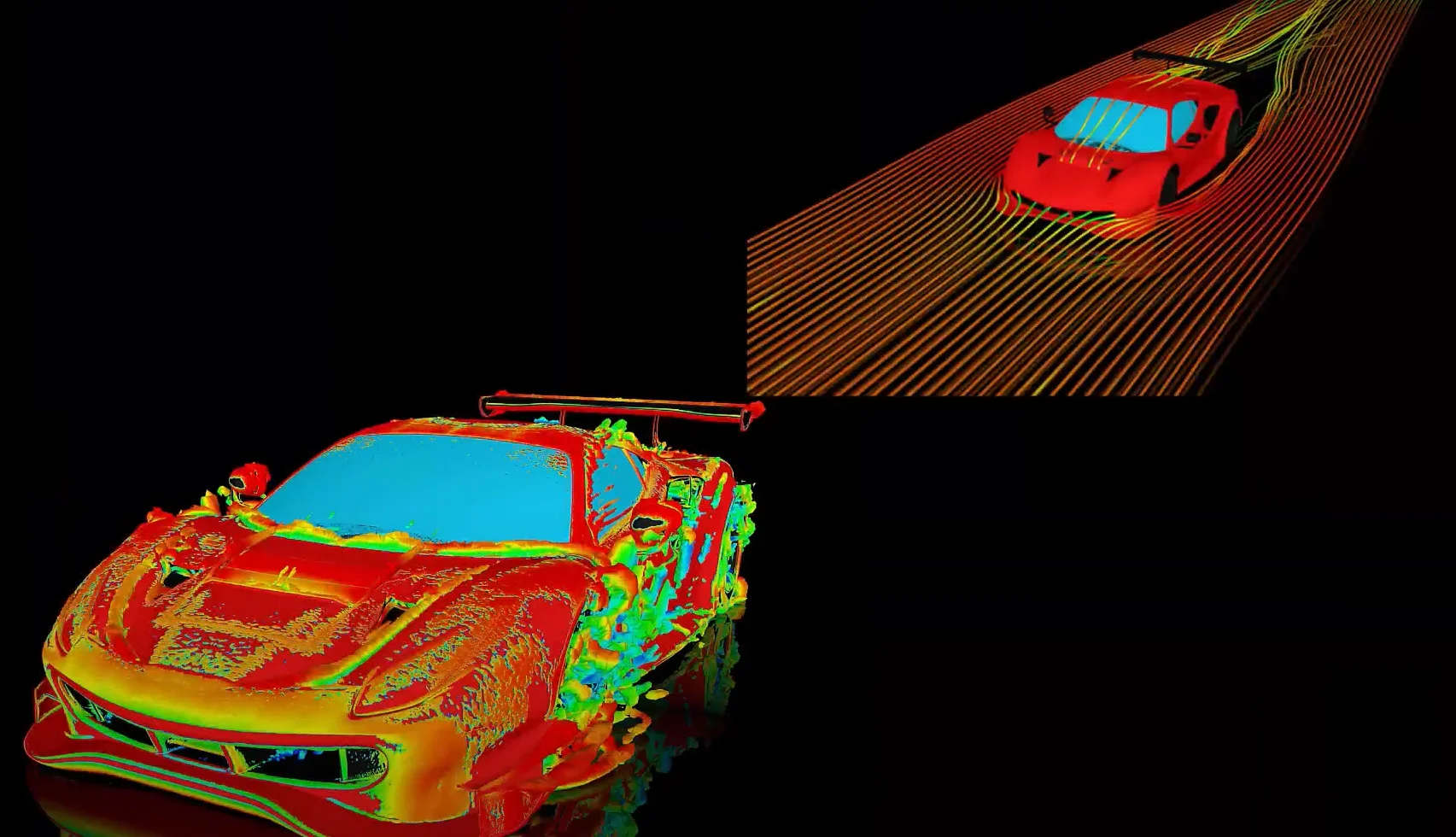- マイチャンネル
- AIS Japan - ポストプロセス
- 空力計算における結果の評価
Tagged: 2019 R1, fluent, fluent-post-processing
-
-
January 31, 2023 at 8:53 am
 FAQParticipant
FAQParticipantFLUENTによる空力解析の結果評価として、抵抗係数、揚力係数、圧力係数、揚力などの表示方法について説明します。 ・抵抗係数・揚力係数: 計算する前に設定する必要があります。 設定方法 Solve->Monitor->Createにて設定します。 *Report->Reference Valuesで投影面積及び圧力、速度の参照値を正しく設定する必要があります。 ・圧力係数: Display->Contoursで変数をPressure及びPressure coefficientを選択して表示できます。その他、Plot-> X-Y Plotでプロットしたりすることもできます。 ・抗力・揚力 Report->Forceにて積算します。 ・壁面セルの抗力・揚力の表示 Define->Custom Field FunctionでPressure*抗力または揚力方向の投影面積で関数を新たに作成します。 Display->Contoursにて表示します。 ***壁面セルのx, y, z方向の投影面積はGrid変数のX Surface Area, Y Surface Area, Z Surface Areaとなります。
-


Introducing Ansys Electronics Desktop on Ansys Cloud
The Watch & Learn video article provides an overview of cloud computing from Electronics Desktop and details the product licenses and subscriptions to ANSYS Cloud Service that are...

How to Create a Reflector for a Center High-Mounted Stop Lamp (CHMSL)
This video article demonstrates how to create a reflector for a center high-mounted stop lamp. Optical Part design in Ansys SPEOS enables the design and validation of multiple...

Introducing the GEKO Turbulence Model in Ansys Fluent
The GEKO (GEneralized K-Omega) turbulence model offers a flexible, robust, general-purpose approach to RANS turbulence modeling. Introducing 2 videos: Part 1 provides background information on the model and a...

Postprocessing on Ansys EnSight
This video demonstrates exporting data from Fluent in EnSight Case Gold format, and it reviews the basic postprocessing capabilities of EnSight.


© 2025 Copyright ANSYS, Inc. All rights reserved.

